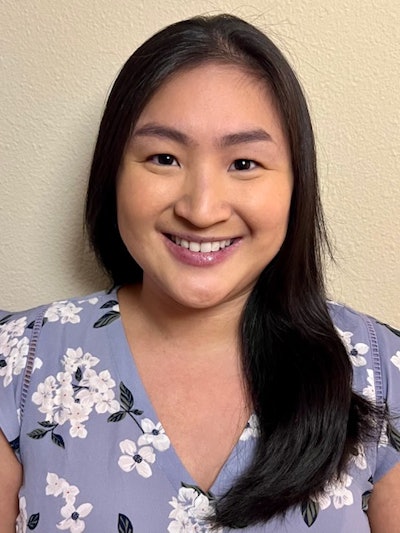
As the patient population grows older in the U.S., dentists must handle a wide variety of geriatric patients. One such condition that these patients face is dementia.
Chances are, if you are one of the lucky ones to live to be old enough, you'll eventually be met with the unwelcome feeling of losing the ability to recall what you did that morning. Sounds scary, right? Well, now imagine hobbling into a funny-smelling place where you are reclined and told to open wide while hearing whirring sounds from the next room over.
It's uncomfortable enough for the average person to visit the dentist, but patients with dementia can find the environment particularly upsetting. As dentists, we need to be confident in our abilities to treat such patients, and the last thing we want to do is ever show that we might be uncomfortable ourselves.
Through my experience with dementia patients, the best thing to do is to listen -- with our eyes and ears. This means picking up on nonverbal cues and listening to each word the patient says, whether it makes sense to us or not.
For example, what kinds of physical disabilities does the patient have? Are they using a cane or a walker? This means they may need a little assistance getting into the dental chair.
If they are in a wheelchair, are they able to transfer? Sometimes making a transfer may be more traumatic for the patient than necessary, and it is best if treatment can be provided to the best of our abilities with the patient remaining in the wheelchair.
We must use these nonverbal cues because sometimes when we ask a patient about their abilities, they may be under or overestimating their abilities. And the worst thing to do is to tell the patient what they can or can't do. We must process this information slowly and simultaneously decide what kind of treatment can be provided at that appointment.
Some patients with dementia do very well at the dentist and can be treated accordingly. They can be reclined fully and stay open with ease.
However, many are not like this, so you have to slowly gauge their abilities and adjust with no judgment. Some patients may stay open for a few x-rays and then completely close and refuse to open, and that's OK. Take the little victories and keep moving, or decide the appointment is over, no harm done.
Now we come to providing treatment. Again, this generally depends on your best judgment and how the patient is doing. The situation is fluid and it's good to take your time to decide how you want to proceed.
Remember, typically the most important part of dentistry for these patients is if they are in pain or not. Dementia patients may get very agitated and confused, they may even grab your hand and try to bite you. At this point, be prepared to change your careful and slow demeanor to quickly focusing on the task at hand; that is, determining if there are any dental problems that need treatment in the near future.
You'll be surprised with how much you can diagnose with a quick visual sweep of the maxillary ridge and the mandibular ridge. You can see if the patient has heavy tartar and calculus, if the gingiva is inflamed, and if they are missing many teeth or have full or partial dentures.
You may need to look a little closer to see if there are broken teeth, teeth with mobility, or root tips. Don't expect to treat small interproximal caries, even if you see something in the x-ray that you may or may not have been able to take. Likely, the patient wouldn't be able to handle getting through a class II composite if they can barely stay open, and it would be putting the patient through unnecessary trauma. The risks would outweigh the benefits. This is where silver diamine fluoride can come in, but that's for another time.
After your quick visual inspection of their teeth and soft tissues, use all the information you gained from listening to the patients' verbal and nonverbal cues to make a decision. Is the patient in pain? How would they do during a procedure? And most importantly, find out about their medical history to see if they can withstand a procedure that might not really improve their quality of their life in the end.
Lastly, remember if they come into the office, that is already a win. If they refuse to open or won't stop grabbing your hand, you can always try next time.
This is a really brief overview of how I would approach a geriatric patient with dementia. Everyone has their own way of helping these patients. It is difficult yet rewarding. As you literally bend over backward for some of these patients, remember that there are many who would not be willing to do so.
Dr. Alexis Lee is a San Francisco Bay Area native and is a graduate of the University of the Pacific Arthur A. Dugoni School of Dentistry. She also received her Bachelor of Arts degree in rhetoric from University of California, Berkeley. Since becoming a dentist, Lee has never forgotten her love of reading and writing and is excited to incorporate dentistry on her journey of becoming an established author.
The comments and observations expressed herein do not necessarily reflect the opinions of DrBicuspid.com, nor should they be construed as an endorsement or admonishment of any particular idea, vendor, or organization.



















